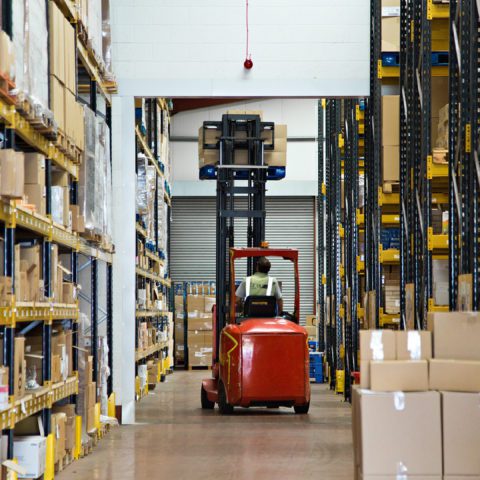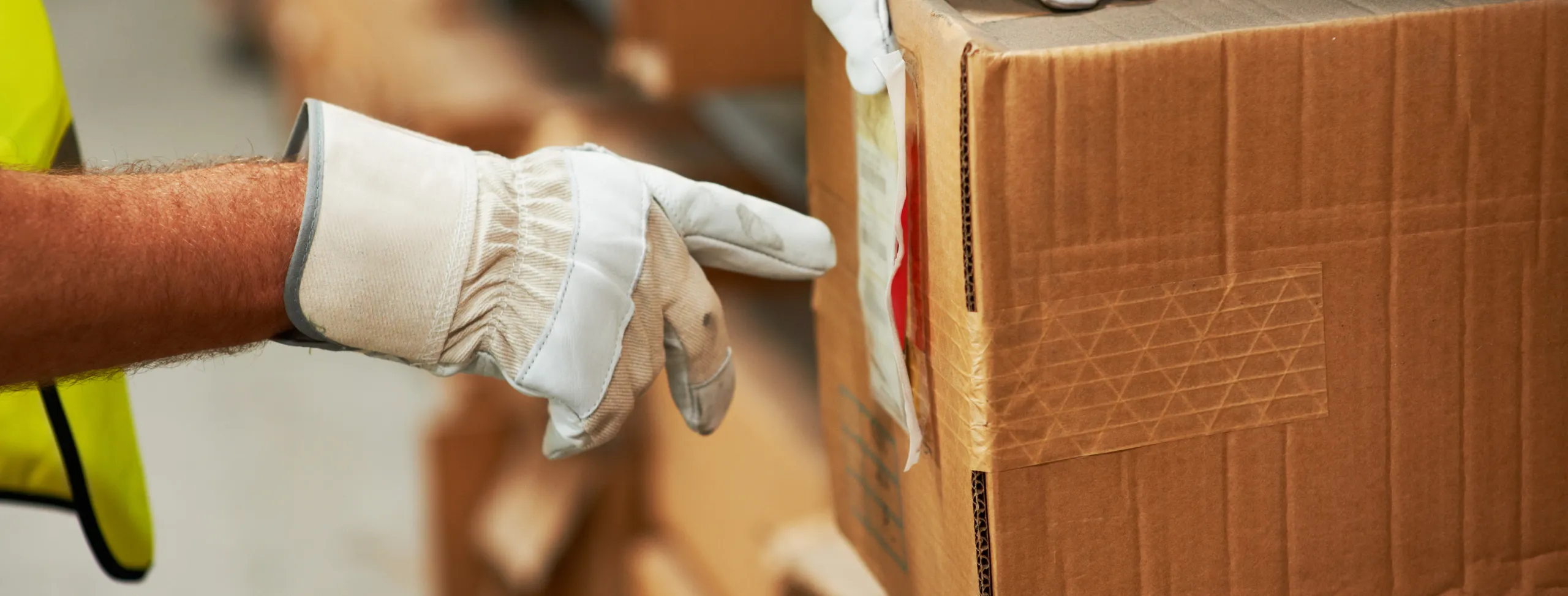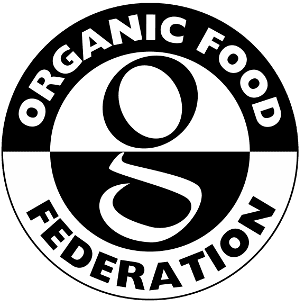Ensuring your products arrive safely at their destination is crucial for maintaining customer satisfaction and reducing costs associated with damages and returns. Expert contract packing techniques play a pivotal role in safeguarding products during transit. You want to be sure that your products reach their destination in optimal condition.
Here are ten ways expert packing can protect your products:
1. Customised Packaging Solutions
Tailored to Product Specifications.
Expert packers design packaging solutions specifically tailored to the product’s size, shape, and fragility. Customised packaging plays a crucial role in minimising movement within the box, thus reducing the risk of damage.
Understanding Product Specifications
- Size: Packaging is created to fit the product perfectly, leaving minimal empty space that could lead to movement.
- Shape: Unique shapes require specially moulded inserts or custom-shaped compartments to hold the product securely.
- Fragility: Fragile items need additional protective features such as padded inserts, bubble wrap, or foam cushioning to absorb shocks and impacts.
Benefits of Customised Packaging
- Minimised Movement: Custom-fit packaging ensures that the product does not shift during transit, which is a common cause of damage. Like when a delicate glass vase is packaged with custom foam inserts that cradle the vase it’s prevented from moving or vibrating within the box.
- Enhanced Protection: Custom packaging often includes layers of protection tailored to the product’s needs, such as double-boxing or reinforced corners.
- Optimised Space Usage: Efficient use of space reduces material costs and shipping expenses while maximising the protection provided.
2. High-Quality Packing Materials
Durable and Reliable.
Using high-quality packing materials is essential for protecting products during transit. These materials provide the necessary durability and reliability to ensure that items arrive at their destination in perfect condition.
Types of High-Quality Packing Materials:
Heavy-Duty Boxes:
Durability: Designed to withstand pressure and rough handling. They protect against external impacts and stacking pressures.
Example: Double-walled corrugated boxes are commonly used for shipping heavy or fragile items.
Bubble Wrap:
Shock Absorption: Bubble wrap provides cushioning that absorbs shocks and vibrations, protecting delicate items from damage.
Versatility: Available in various bubble sizes to accommodate different product needs. Large bubbles for heavy items and small bubbles for lighter, more delicate items.
Packing Peanuts:
Void Fill: Packing peanuts fill empty spaces within the box, preventing the product from shifting and absorbing impacts.
Eco-Friendly Options: Biodegradable packing peanuts are available, which dissolve in water and are environmentally friendly.
Foam Inserts:
Custom Fit: Foam inserts are cut to the exact dimensions of the product, providing a snug fit that prevents movement.
Protection: Excellent for electronics, glassware, and other fragile items that require extra care.
Air Pillows:
Lightweight Protection: Air pillows offer a lightweight yet effective solution for cushioning products, reducing overall shipping weight and cost.
Flexible: They can be used to wrap items or fill voids within the box.
Benefits of Using High-Quality Packing Materials
- Enhanced Protection: High-quality materials provide superior protection against physical damage, moisture, and other environmental factors.
- Cost-Efficiency: While they may be more expensive upfront, high-quality materials reduce the likelihood of product damage and returns, ultimately saving money.
- Customer Satisfaction: Receiving undamaged products improves customer satisfaction and loyalty. A positive unboxing experience can lead to repeat business and positive reviews.
- Brand Reputation: Consistently delivering products in excellent condition enhances the brand’s reputation for reliability and quality.
3. Secure Sealing Methods
Tamper-Proof and Secure. Using strong, tamper-proof sealing methods is crucial for ensuring that packages remain closed and secure throughout the transit process. This not only reduces the risk of theft but also prevents damage from accidental openings. Here’s an expanded look into the importance and techniques of secure sealing:
Types of Secure Sealing Methods:
Reinforced Tape
- Durability: Reinforced tape is designed to be stronger than standard packing tape, often featuring a fibre or filament reinforcement. This provides additional strength, making it difficult to tear or puncture.
- Security: The enhanced strength of reinforced tape acts as a deterrent to tampering. It’s often used for heavy or valuable items that require extra security.
- Example: Reinforced gummed tape is commonly used in the packaging of electronics and heavy machinery to ensure the box remains sealed under stress.
Strapping
- High Tensile Strength: Strapping involves using plastic, polyester, or steel straps to secure boxes and pallets. These straps are highly durable and provide a strong hold.
- Tamper Evident: Strapping typically requires specialised tools to apply and remove, making it evident if tampering has occurred.
- Example: Pallets of goods are often strapped to keep boxes together during transit, preventing them from shifting or being tampered with.
Tamper-Evident Seals
- Visual Indicators: Tamper-evident seals are designed to show visible signs if the package has been opened. These seals break or change colour when tampered with, providing a clear indication of interference.
- Increased Security: They add an additional layer of security for high-value or sensitive items.
- Example: Pharmaceutical packages often use tamper-evident seals to ensure that the contents remain untouched until they reach the end user.
Heat Shrink Bands
- Tight and Secure: Heat shrink bands are applied to packages and then heated to shrink tightly around the product, creating a secure seal that is difficult to remove without evidence.
- Protection: They provide a clear indication if the package has been tampered with, ensuring product integrity.
Benefits of Secure Sealing Methods
- Enhanced Security: Strong sealing methods significantly reduce the risk of theft during transit. Packages that are difficult to open without visible signs of tampering deter potential thieves.
- Damage Prevention: Secure sealing helps maintain package integrity, preventing accidental openings that could lead to product damage.
- Customer Trust: Customers feel more confident purchasing from brands that prioritise security in their packaging. Tamper-evident seals, in particular, reassure customers that their products have not been compromised.
- Compliance with Regulations: Certain industries, such as pharmaceuticals and food, have strict regulations regarding packaging security. Using compliant sealing methods helps meet these regulatory requirements.
4. Waterproof Packaging
Incorporating waterproof materials into packaging is crucial for protecting products from moisture damage. This is especially important for goods that are sensitive to humidity or liquid exposure. Waterproof packaging ensures that products remain in optimal condition throughout the transit process, safeguarding them against environmental factors that could compromise their quality and integrity.
Types of Waterproof Packaging Materials:
Polyethylene Liners
- Moisture Barrier: Polyethylene liners act as an effective barrier against moisture, preventing water and humidity from penetrating the package.
- Durability: These liners are highly durable and resistant to tears and punctures, providing robust protection for the contents.
- Electronics and sensitive documents are often packaged with polyethylene liners to prevent moisture damage.
Waterproof Cartons
- Protective Coating: Waterproof cartons are coated with materials that repel water, ensuring that the contents remain dry even if the package is exposed to rain or high humidity.
- Strength and Stability: These cartons are designed to withstand wet conditions without losing their structural integrity.
- Example: Food products, such as cereals and dry goods, are commonly packaged in waterproof cartons to maintain freshness and prevent spoilage.
Shrink Wrap
- Sealed Protection: Shrink wrap is a plastic film that is applied around the product and then heated, causing it to shrink tightly around the item. This creates a waterproof seal that protects the product from moisture.
- Versatility: Shrink wrap can be used for a wide range of products, from single items to palletised loads.
- Example: Pallets of bottled beverages are often shrink-wrapped to protect them from moisture and prevent label damage.
Vacuum Sealed Bags
- Air and Water Tight: Vacuum sealing removes air from the package and creates a tight, waterproof seal. This method is highly effective in protecting against moisture.
- Extended Shelf Life: Vacuum-sealed packaging is ideal for perishable goods, as it helps maintain freshness and extend shelf life.
- Example: Meats, cheeses, and other perishable food items are frequently vacuum-sealed to ensure they remain fresh and free from moisture.
Benefits of Waterproof Packaging:
- Moisture Protection: Waterproof packaging materials create a barrier that prevents water from reaching the product. This is essential for products that are sensitive to moisture, such as electronics, food items, and pharmaceuticals.
- Maintains Product Quality: By protecting against moisture, waterproof packaging helps maintain the quality and integrity of the product. This ensures that customers receive goods in perfect condition.
- Reduces Spoilage and Waste: For food items and perishable goods, waterproof packaging can significantly reduce spoilage and waste. It keeps the products dry and fresh, extending their shelf life.
- Enhances Customer Satisfaction: Customers are more likely to be satisfied with their purchase if the product arrives in excellent condition. Waterproof packaging helps ensure that products are not damaged by moisture during transit.
- Supports Brand Reputation: Consistently delivering high-quality products that are well-protected against environmental factors enhances a brand’s reputation for reliability and quality.
5. Temperature-Controlled Packaging
Maintaining Optimal Conditions
Types of Temperature-Controlled Packaging:
- Thermal Insulation: Insulated containers are designed with materials that provide thermal insulation, such as expanded polystyrene (EPS) foam, polyurethane, or vacuum-insulated panels. These materials help maintain a consistent internal temperature, protecting products from external temperature fluctuations.
- Applications: Commonly used for shipping perishable food items, pharmaceuticals, and biological samples. These containers can be passive (relying on the insulating material alone) or active (using powered systems to regulate temperature).
Gel Packs and Ice Packs
- Temperature Maintenance: Gel packs and ice packs are placed inside packaging to keep the temperature within a desired range. Gel packs are flexible and can be used for various temperature needs, such as keeping products cool or frozen.
- Applications: Frequently used in conjunction with insulated containers to extend the duration of temperature control. Ideal for shipping vaccines, blood products, and fresh foods.
Phase Change Materials (PCMs)
- Thermal Regulation: PCMs are substances that absorb and release thermal energy during the process of melting and freezing. They help maintain a stable temperature by absorbing excess heat or releasing stored cold.
- Applications: Used for shipping goods that require strict temperature controls, such as certain pharmaceuticals and specialty foods. PCMs can be tailored to maintain specific temperature ranges, such as 2-8°C for refrigerated goods.
Thermal Blankets and Liners
- Additional Insulation: Thermal blankets and liners provide an extra layer of insulation by reflecting heat and protecting against temperature extremes. They are used to wrap pallets or line boxes to enhance temperature control.
- Applications: Suitable for larger shipments that need to be kept cool or protected from heat, such as bulk food products and large pharmaceutical consignments.
6. Labelling and Handling Instructions
Clear and Visible Instructions
Proper labelling and handling instructions are crucial in the shipping and logistics process. Expert packers ensure that packages are labelled with clear, concise, and visible instructions, such as “Fragile,” “This Side Up,” and “Handle with Care.” These labels communicate specific requirements to carriers, significantly reducing the risk of mishandling and ensuring the safe transit of goods.
Types of Labels and Their Importance:
Fragile
- Purpose: Indicates that the contents of the package are delicate and need to be handled with extra care.
- Impact: Alerts carriers to the need for gentle handling, reducing the likelihood of damage to items such as glassware, electronics, and ceramics.
- Example: A box containing a delicate porcelain vase prominently labelled with “Fragile” ensures handlers take care to avoid drops and impacts.
This Side Up
- Purpose: Directs handlers to keep the package oriented correctly, preventing the contents from shifting and potentially breaking.
- Impact: Ensures that liquids or items with a specific orientation requirement remain in the proper position throughout transit.
- Example: A shipment of wine bottles labelled with “This Side Up” ensures the bottles stay upright, preventing leaks and maintaining quality.
Handle with Care
- Purpose: General instruction to handle the package gently and avoid rough handling.
- Impact: Reinforces the need for caution during loading, unloading, and transportation, reducing the risk of damage.
- Example: Packages containing sensitive electronic components labelled with “Handle with Care” reduce the risk of internal damage due to rough handling.
Temperature-Sensitive
- Purpose: Indicates that the package contains items that need to be kept within a specific temperature range.
- Impact: Ensures that temperature-sensitive products, such as pharmaceuticals and perishable foods, are handled in a way that maintains their integrity.
- Example: A box of vaccines labelled with “Temperature-Sensitive” ensures it is stored and transported in a temperature-controlled environment.
Do Not Stack
- Purpose: Prevents other packages from being stacked on top of the labeled package, protecting it from potential crushing.
- Impact: Ensures the safety of packages containing items that could be damaged by weight or pressure.
- Example: Boxes containing lightweight or crushable items, like certain types of food packaging, marked with “Do Not Stack,” help maintain the product’s integrity.
7. Compliance with Industry Standards
Meeting Regulatory Requirements
Expert packers stay updated with industry standards and regulations to ensure that all packaging meets legal requirements. This compliance is crucial for preventing delays, avoiding fines, and maintaining a smooth and lawful operation. Here’s a detailed look at the importance and specifics of regulatory compliance in packaging within the UK:
Importance of Compliance:
Legal Obligations:
- Regulatory Framework: In the UK, packaging and shipping are governed by various laws and standards, including the Packaging (Essential Requirements) Regulations 2015 and the Waste and Packaging Regulations. These regulations ensure that packaging is safe, environmentally friendly, and suitable for its purpose.
- Industry Standards: Compliance with industry-specific standards, such as the British Retail Consortium (BRC) standards for food packaging or Good Distribution Practice (GDP) for pharmaceuticals, is essential for legal operation and industry acceptance.
8. Regular Quality Checks and Testing
Conducting regular quality checks and testing packaging solutions is a critical practice in the logistics and packaging industry. This proactive approach helps identify and rectify potential issues before they affect the product, ensuring consistent protection across all shipments. Here’s an expanded look into the importance and methods of quality checks and testing in packaging:
Importance of Regular Quality Checks and Testing:
Preventing Product Damage:
- Early Detection: Regular inspections help detect defects or weaknesses in packaging materials and methods before they can cause damage to the products.
- Proactive Measures: By identifying potential issues early, businesses can take corrective actions to prevent product damage, reducing the risk of returns and customer dissatisfaction.
Maintaining Consistency:
- Standardisation: Quality checks ensure that every package meets the company’s standards, providing a consistent level of protection for all shipments.
- Customer Expectations: Consistent packaging quality helps meet customer expectations, enhancing brand reliability and trust.
Compliance with Standards:
- Regulatory Adherence: Regular testing ensures that packaging complies with industry standards and regulatory requirements, avoiding legal issues and fines.
- Quality Certifications: Maintaining high-quality standards can help achieve and retain certifications like ISO 9001, which demonstrate a commitment to quality management.
Benefits of Regular Quality Checks and Testing:
- Improved Product Safety: By ensuring that packaging can withstand transit conditions, regular testing enhances product safety, reducing the risk of damage and loss.
- Cost Savings: Preventing product damage through regular quality checks reduces the costs associated with returns, replacements, and customer complaints.
- Enhanced Customer Satisfaction: Consistent and reliable packaging quality leads to higher customer satisfaction, fostering loyalty and repeat business.
- Operational Efficiency: Identifying and addressing packaging issues early helps streamline operations, reducing delays and disruptions in the supply chain.
Expert packing techniques are essential for protecting products during transit, ensuring they arrive in perfect condition. By leveraging customised solutions, high-quality materials, proper cushioning, and other advanced methods, businesses can significantly reduce damage rates, enhance customer satisfaction, and maintain their brand reputation. Investing in professional contract packing services like those offered by Bray Solutions ensures that your products are always protected, no matter where they’re headed.







